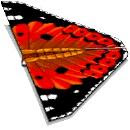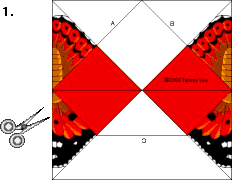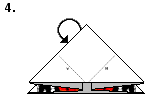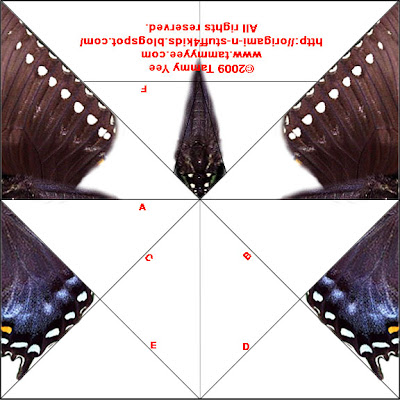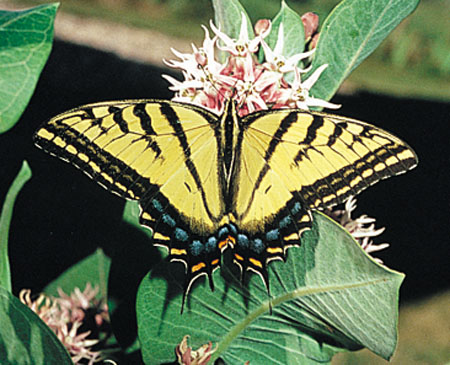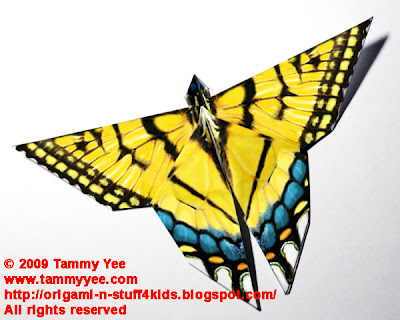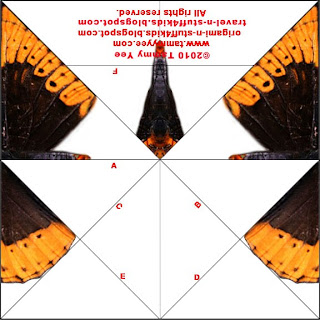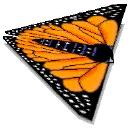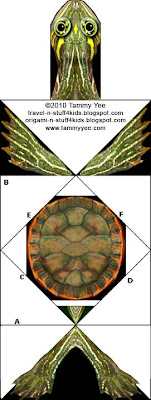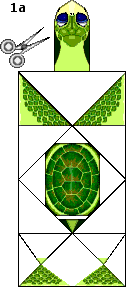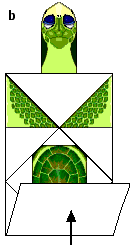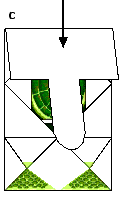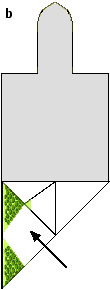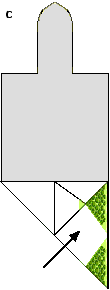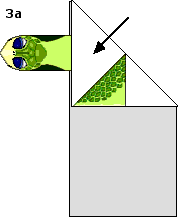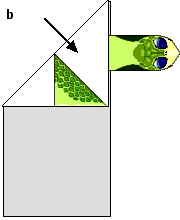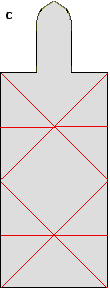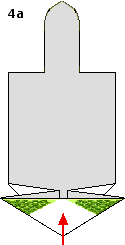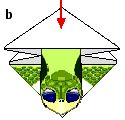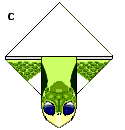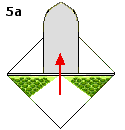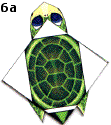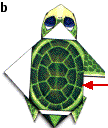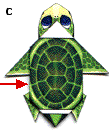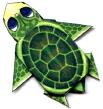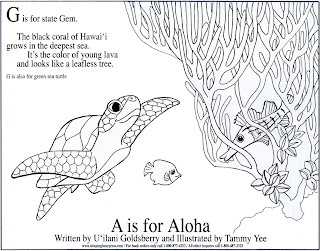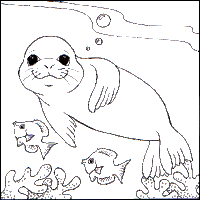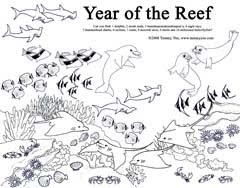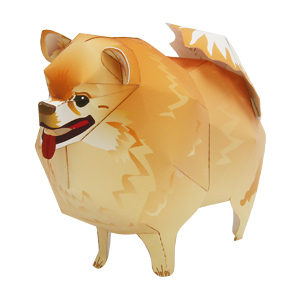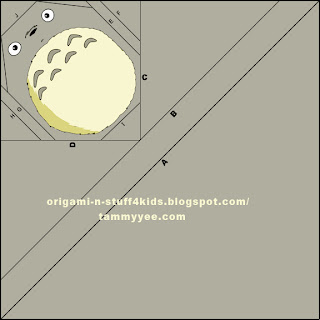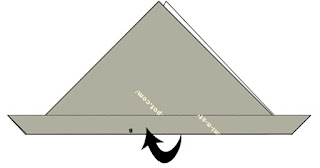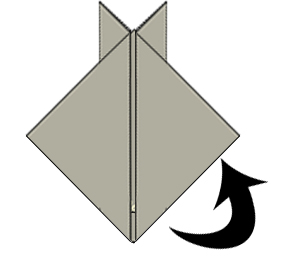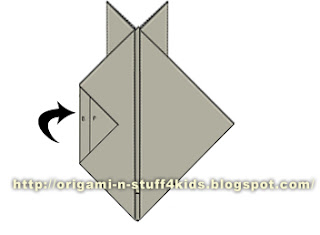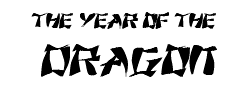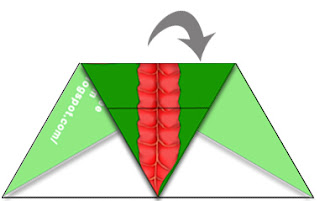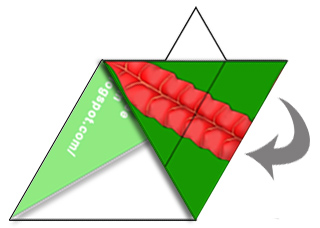Pueo (Hawaiian Short-eared Owl)
Scientific name: Asio flammeus sandwichensis
What is it about owls that inspires so many myths and legends? Owls are a symbol of wisdom; their watchful eyes penetrate the darkness, seeing all. Flying by night, they are guides, messengers and navigators of the supernatural. The Romans saw owls as omens of death, while the Greeks saw owls as a sign of victory in battle. To the Hawaiians, the pueo, or Hawaiian Short-eared Owl, was worshiped as a god or a guardian spirit.
The Hawaiian Short-eared Owl is the only native owl in Hawai'i (the common barn owl was introduced in the 1950's as rodent control). Most active at dawn and at dusk (and sometimes, at mid-day), Pueo have large eyes that allow them to hunt in dim light. In fact, the eyes of owls are so large, relative to their heads, that they can't look from side to side; that's why owls have such flexible necks.
Soft, specialized feathers help the pueo to hunt in silence. Besides rodents, pueo also eat insects and rarely, birds in open, grassy fields and dry forests.
2003 Ka Palapala Po'okela Award Winner, Excellence in Children's Books
Lullaby Moon
Written by Elaine Masters
Illustrated by Tammy Yee
Music by Malia Elliot
Island Heritage Publishing, 2002
A dreamy adventure about Koa, a little Hawaiian boy who would rather play outside than fall asleep. Koa soon finds himself befriended by an owl, or Pueo, who takes him on a magical exploration of the island's wildlife. Under the watchful gaze of Lullaby Moon, Koa learns how bats, bees and green sea turtles spend their night.
Featuring boldly illustrated lift-a-flaps and a CD by Malia Elliot, of the popular performing and songwriting duo, Leon & Malia.
Scientific name: Asio flammeus sandwichensis
What is it about owls that inspires so many myths and legends? Owls are a symbol of wisdom; their watchful eyes penetrate the darkness, seeing all. Flying by night, they are guides, messengers and navigators of the supernatural. The Romans saw owls as omens of death, while the Greeks saw owls as a sign of victory in battle. To the Hawaiians, the pueo, or Hawaiian Short-eared Owl, was worshiped as a god or a guardian spirit.
The Hawaiian Short-eared Owl is the only native owl in Hawai'i (the common barn owl was introduced in the 1950's as rodent control). Most active at dawn and at dusk (and sometimes, at mid-day), Pueo have large eyes that allow them to hunt in dim light. In fact, the eyes of owls are so large, relative to their heads, that they can't look from side to side; that's why owls have such flexible necks.
Soft, specialized feathers help the pueo to hunt in silence. Besides rodents, pueo also eat insects and rarely, birds in open, grassy fields and dry forests.
2003 Ka Palapala Po'okela Award Winner, Excellence in Children's Books
Lullaby Moon
Written by Elaine Masters
Illustrated by Tammy Yee
Music by Malia Elliot
Island Heritage Publishing, 2002
A dreamy adventure about Koa, a little Hawaiian boy who would rather play outside than fall asleep. Koa soon finds himself befriended by an owl, or Pueo, who takes him on a magical exploration of the island's wildlife. Under the watchful gaze of Lullaby Moon, Koa learns how bats, bees and green sea turtles spend their night.
Featuring boldly illustrated lift-a-flaps and a CD by Malia Elliot, of the popular performing and songwriting duo, Leon & Malia.
0 Comments on Owl Mask (Pueo) as of 1/1/1900
Add a Comment






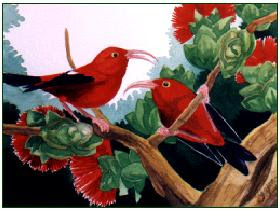



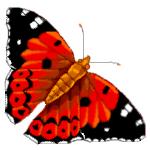 Scientific name: Vanessa tameamea
Scientific name: Vanessa tameamea